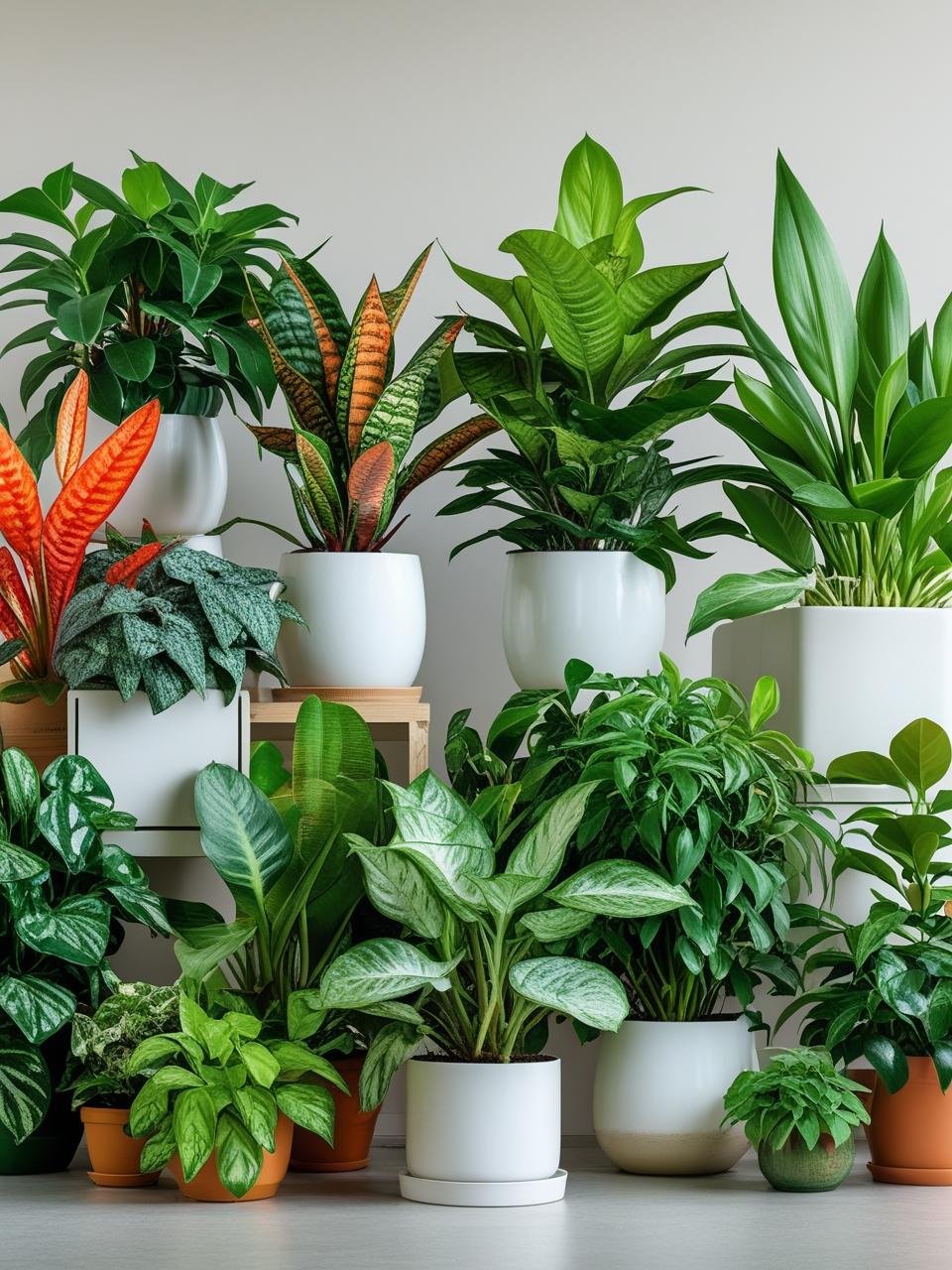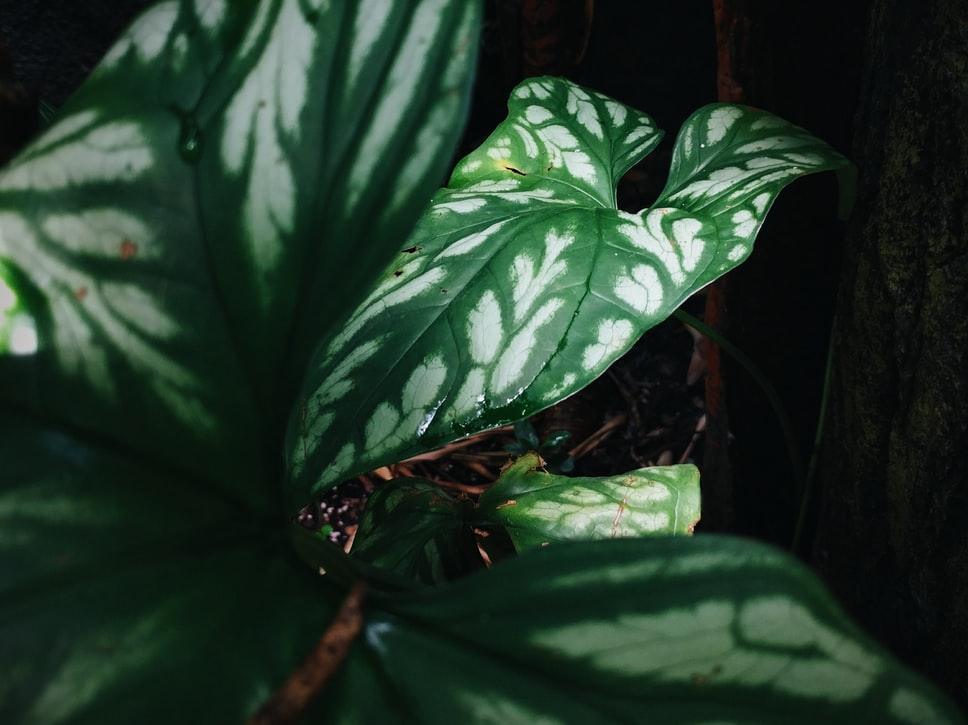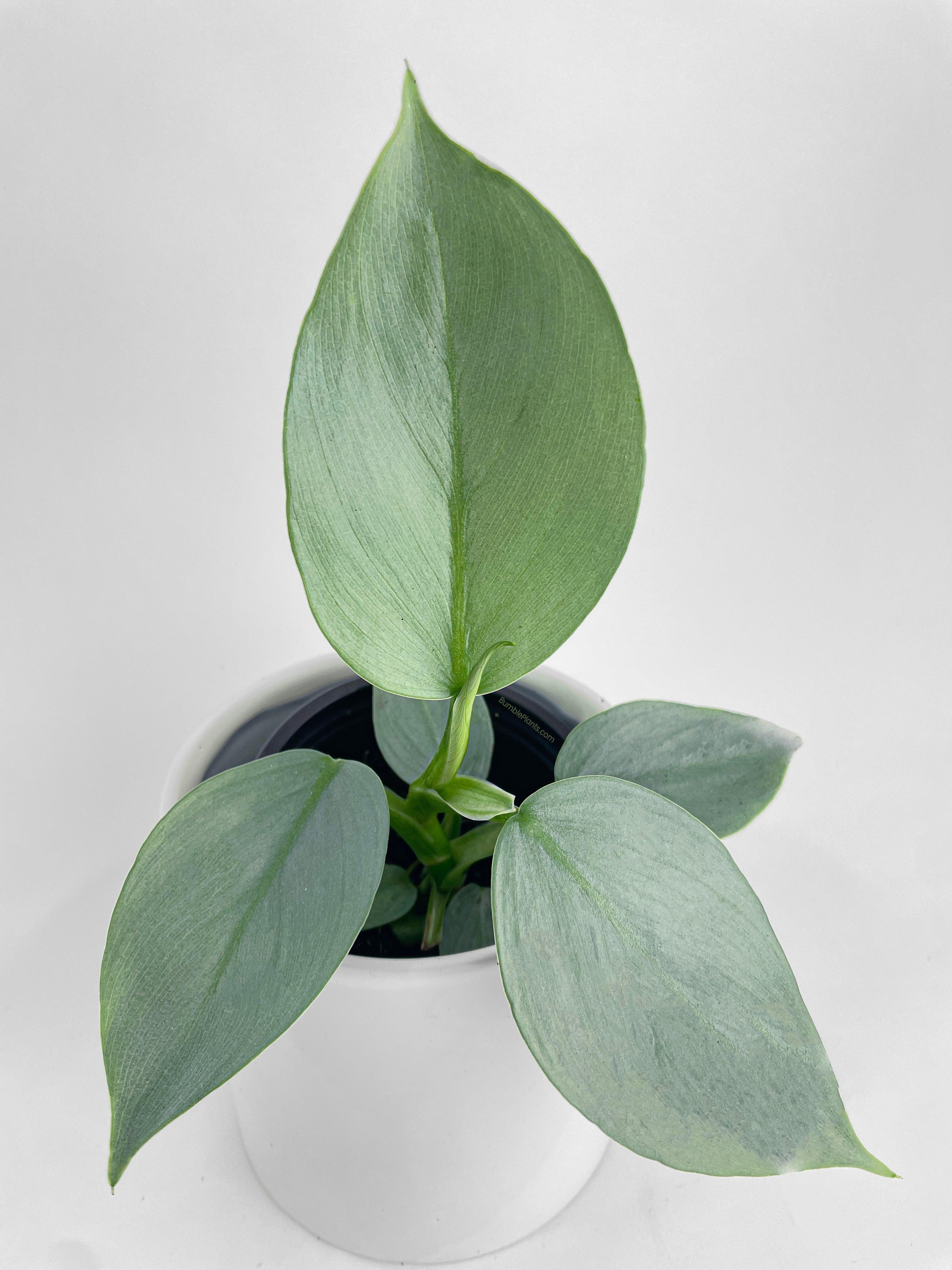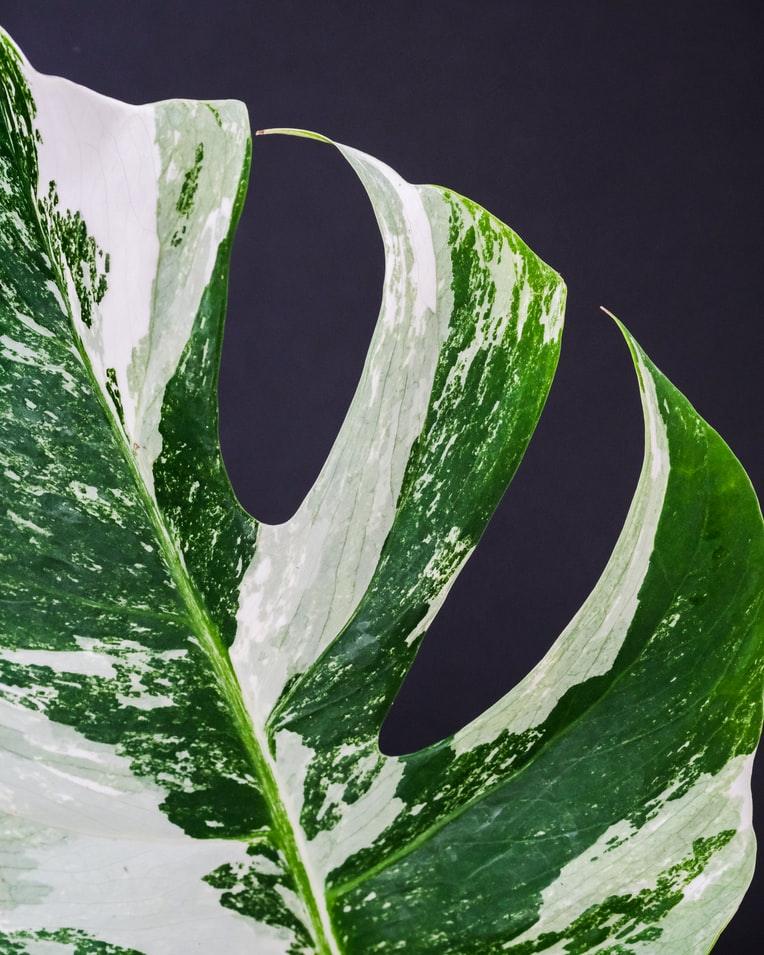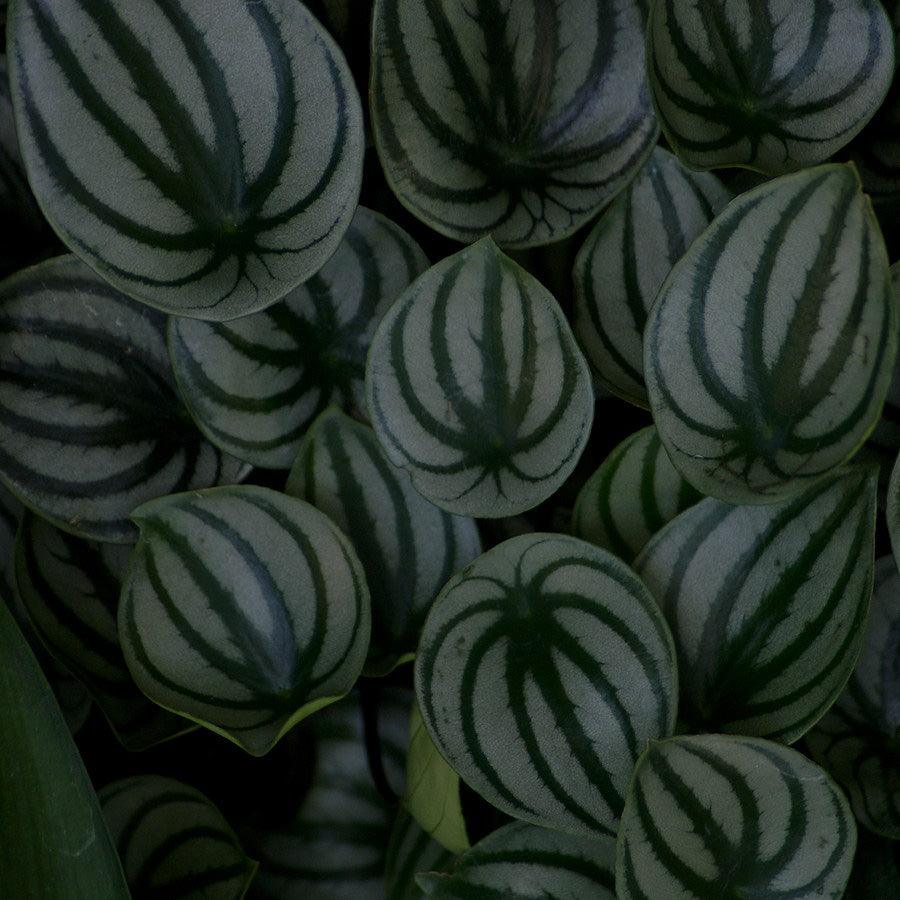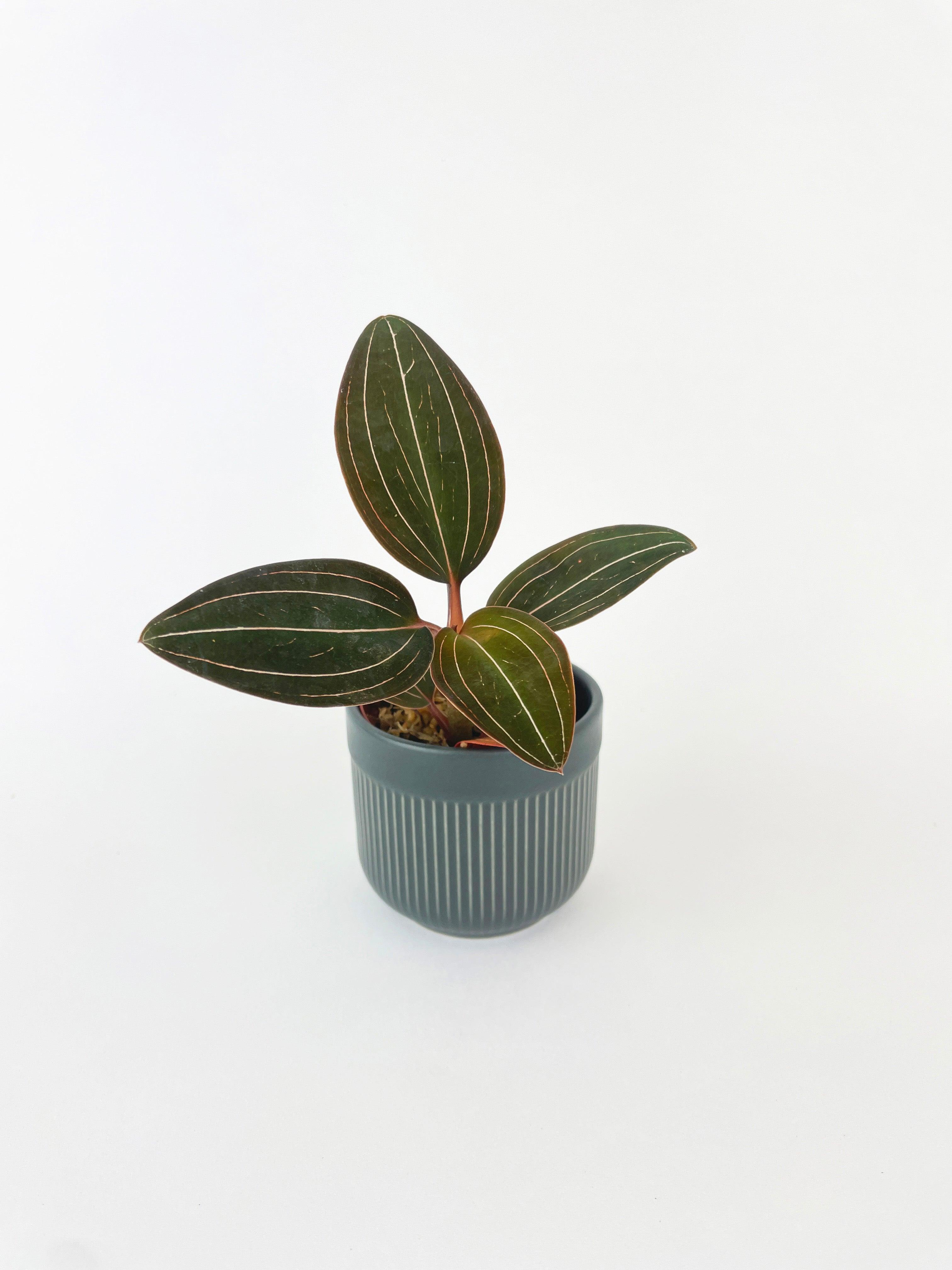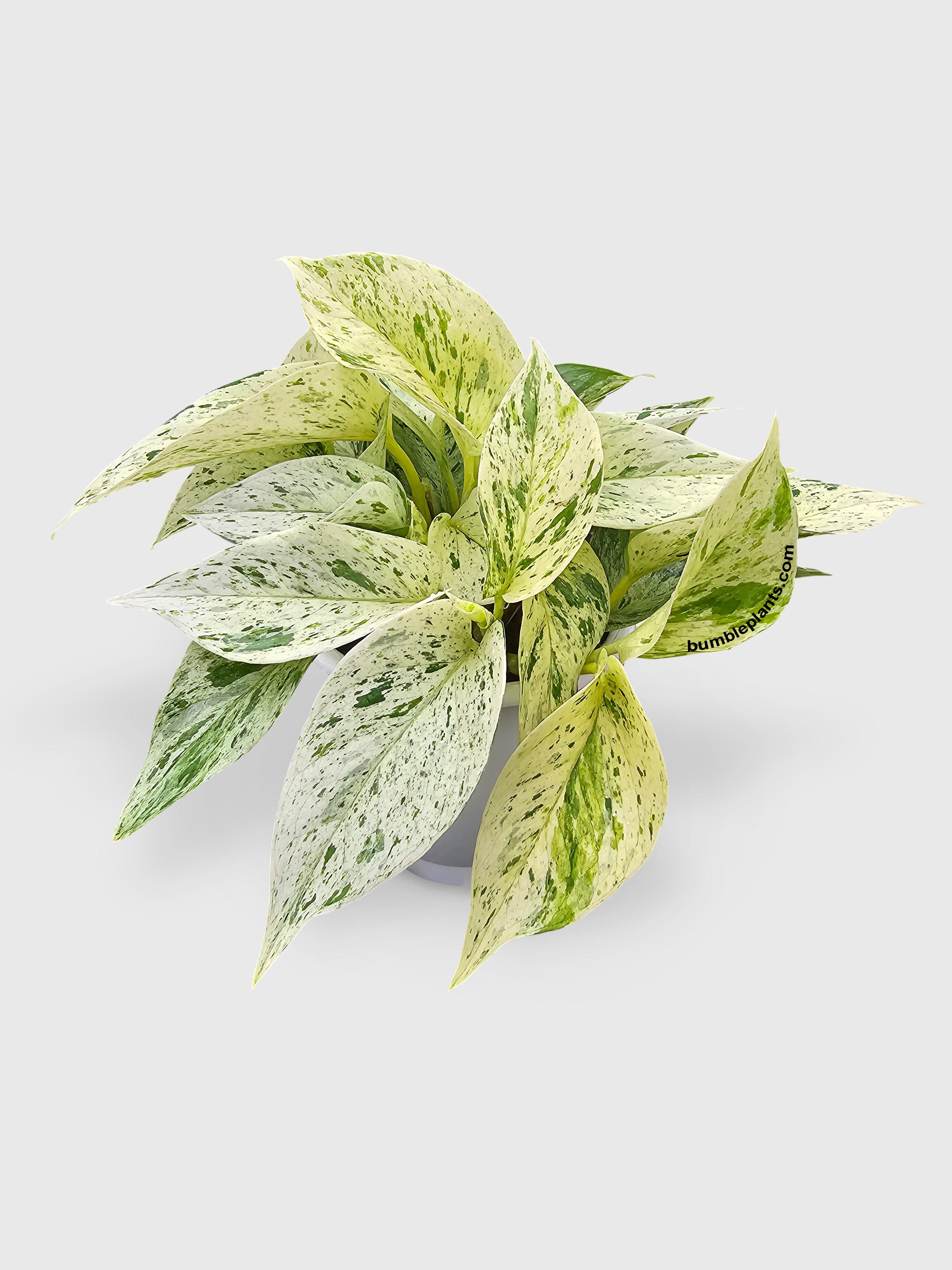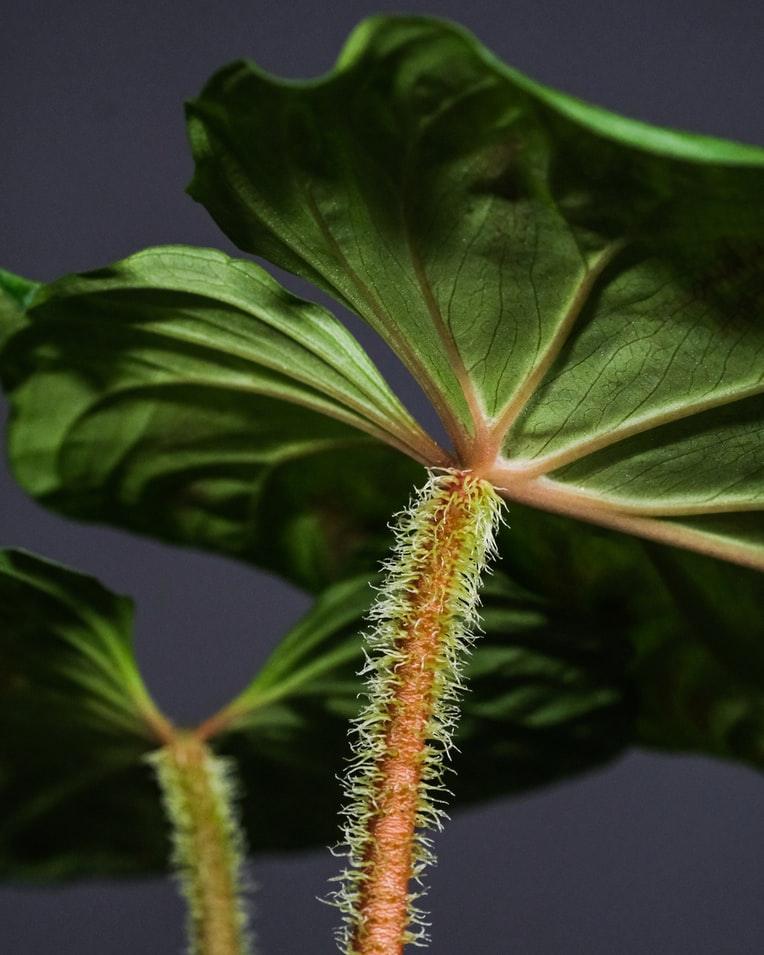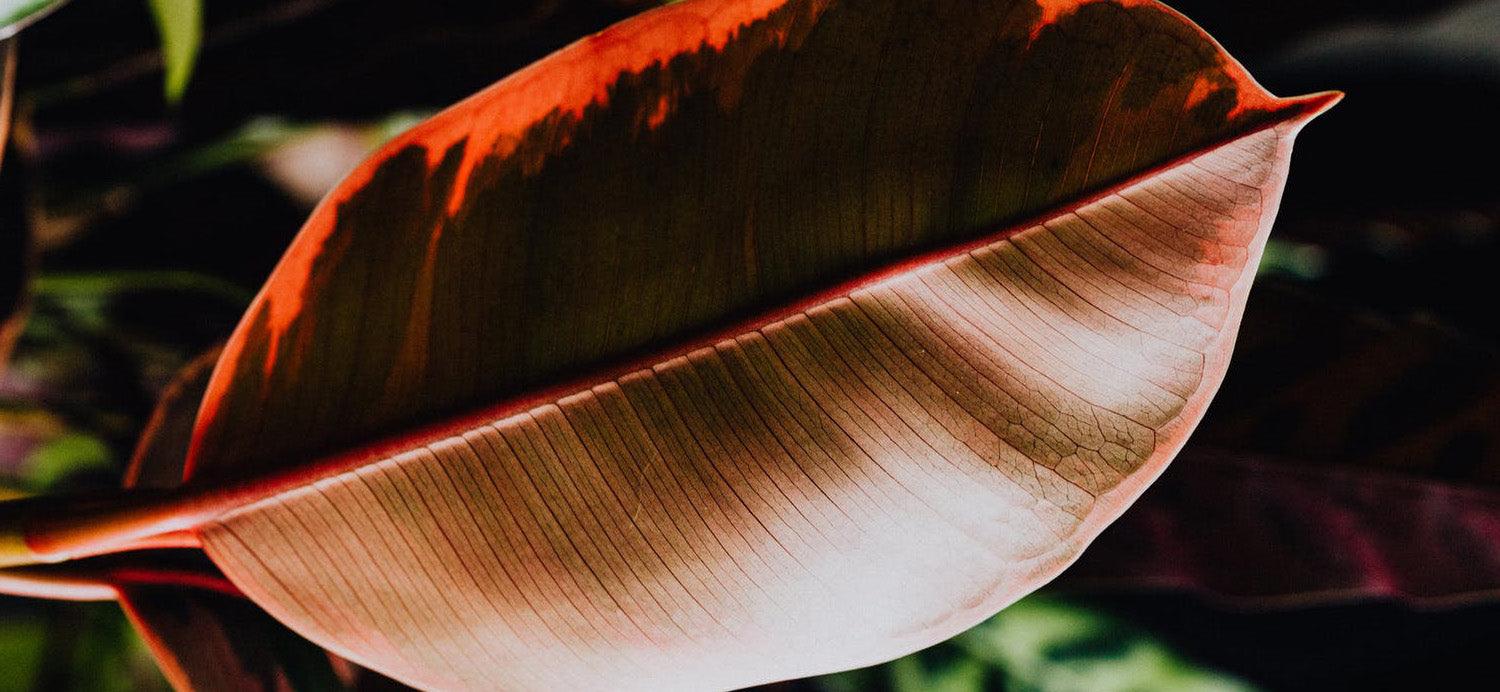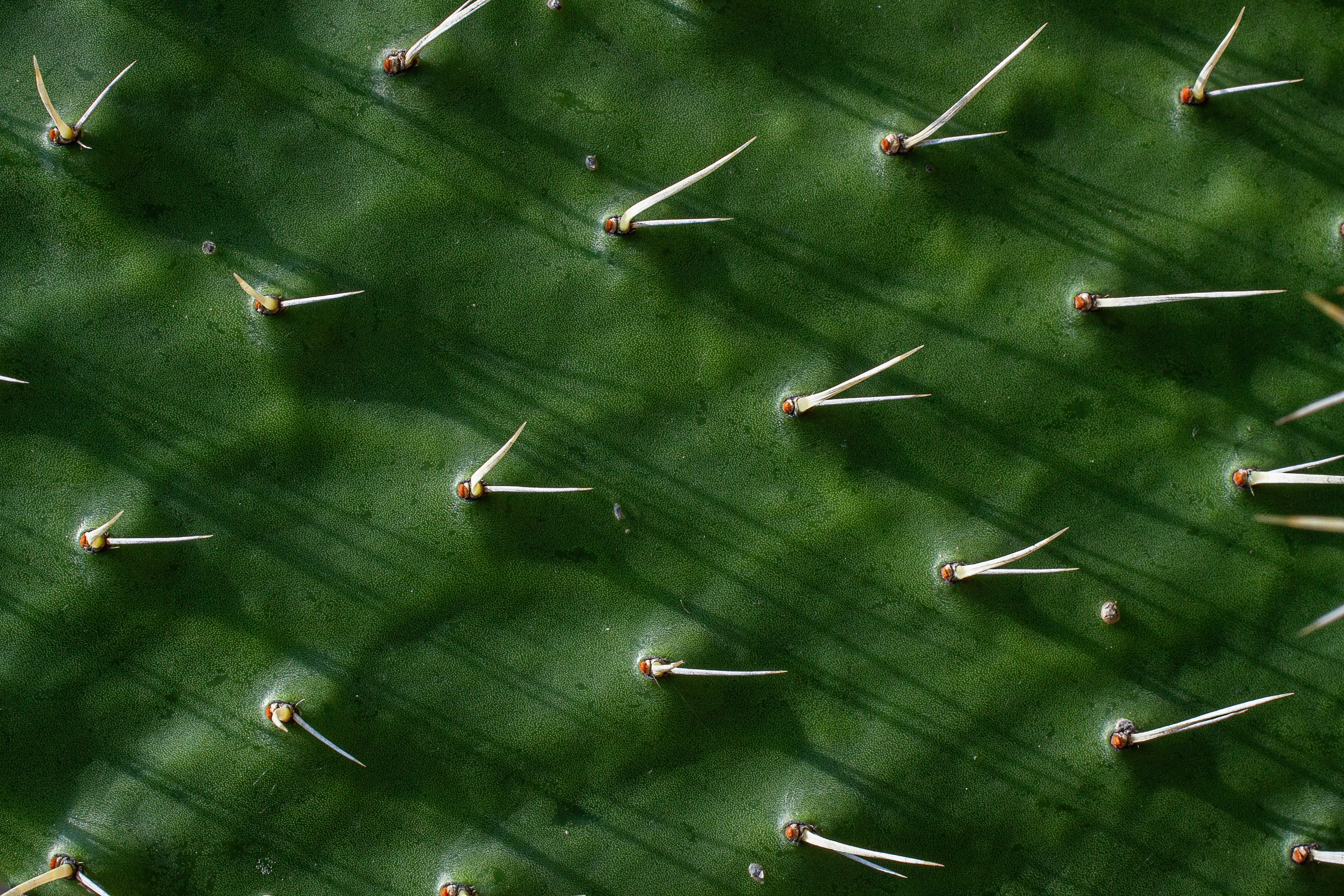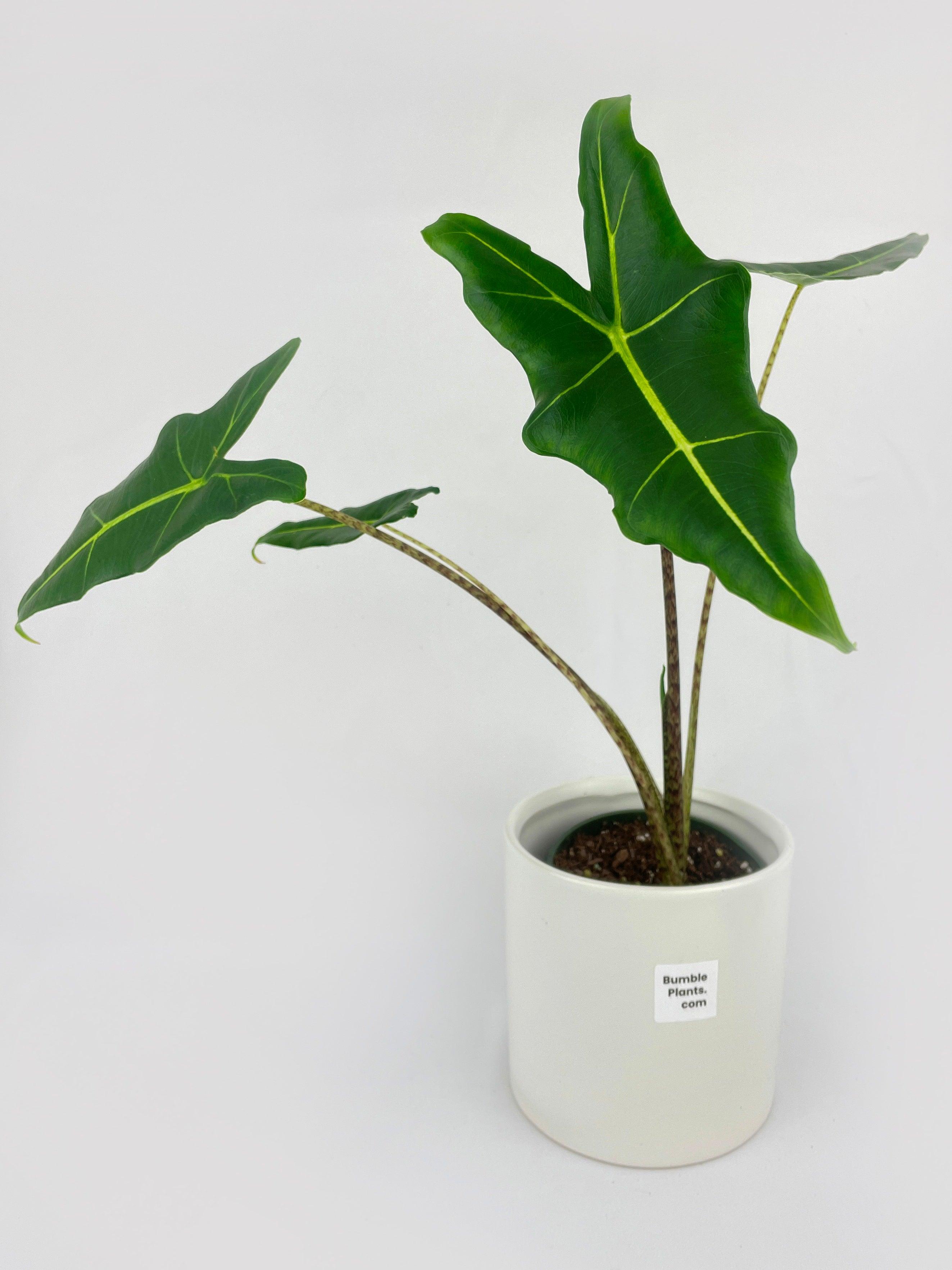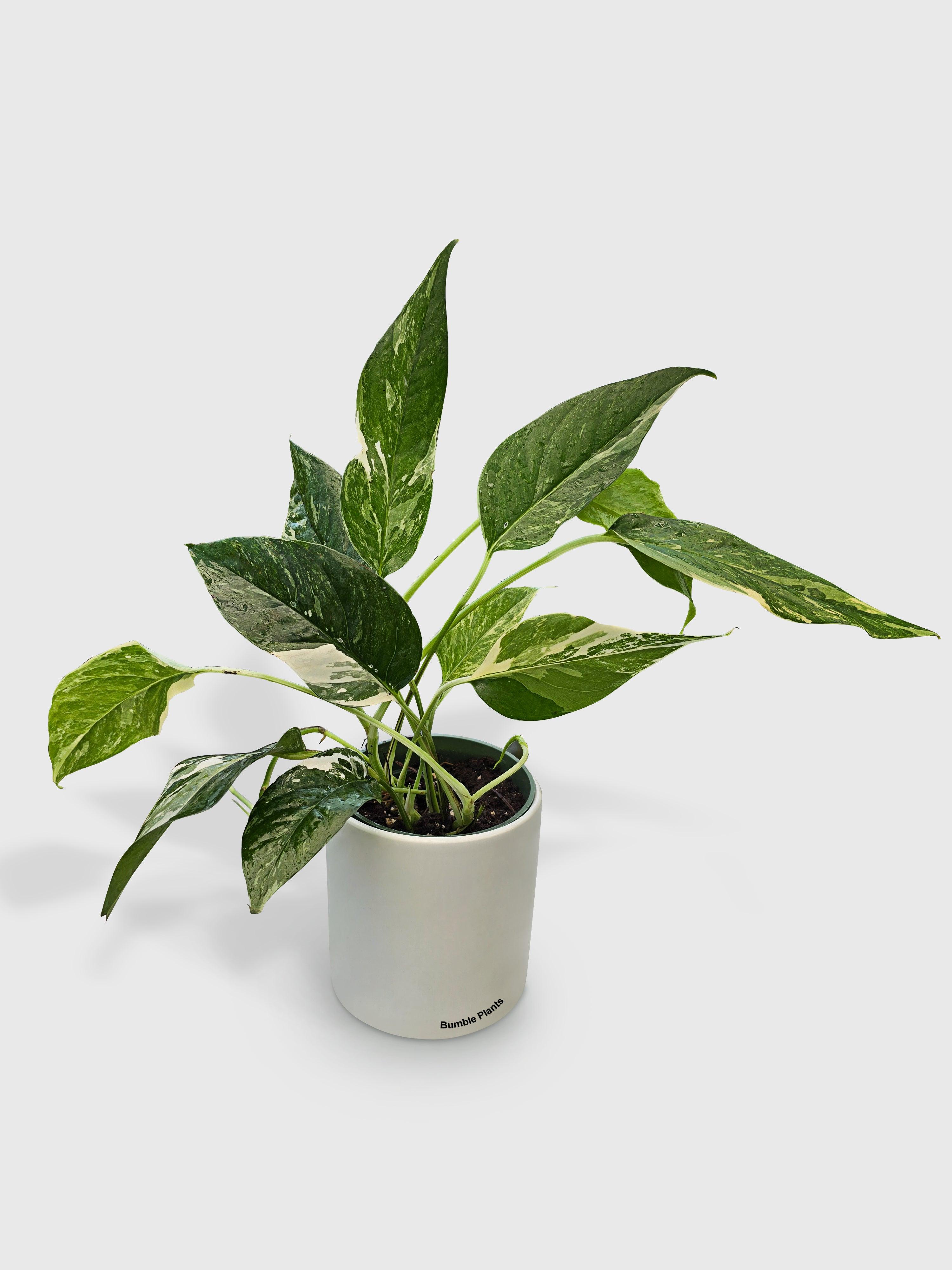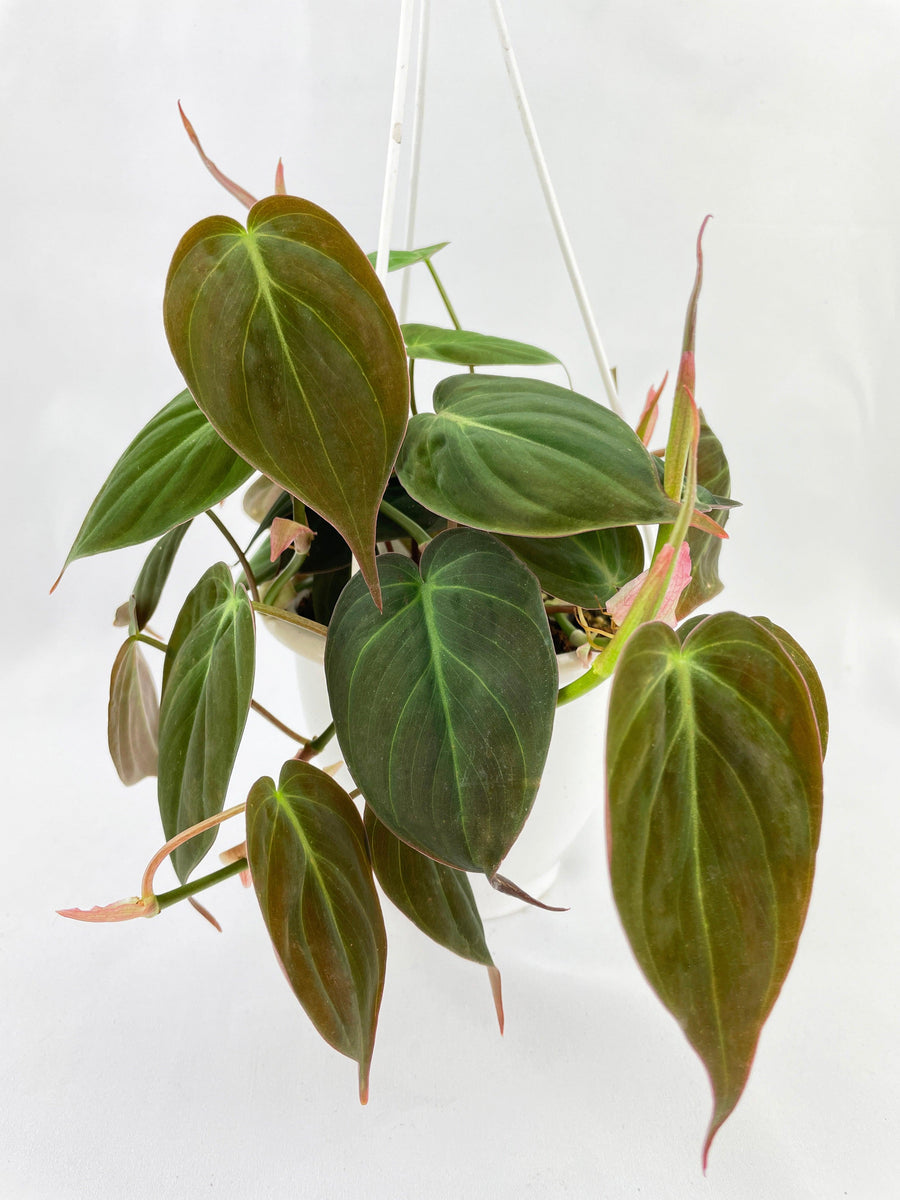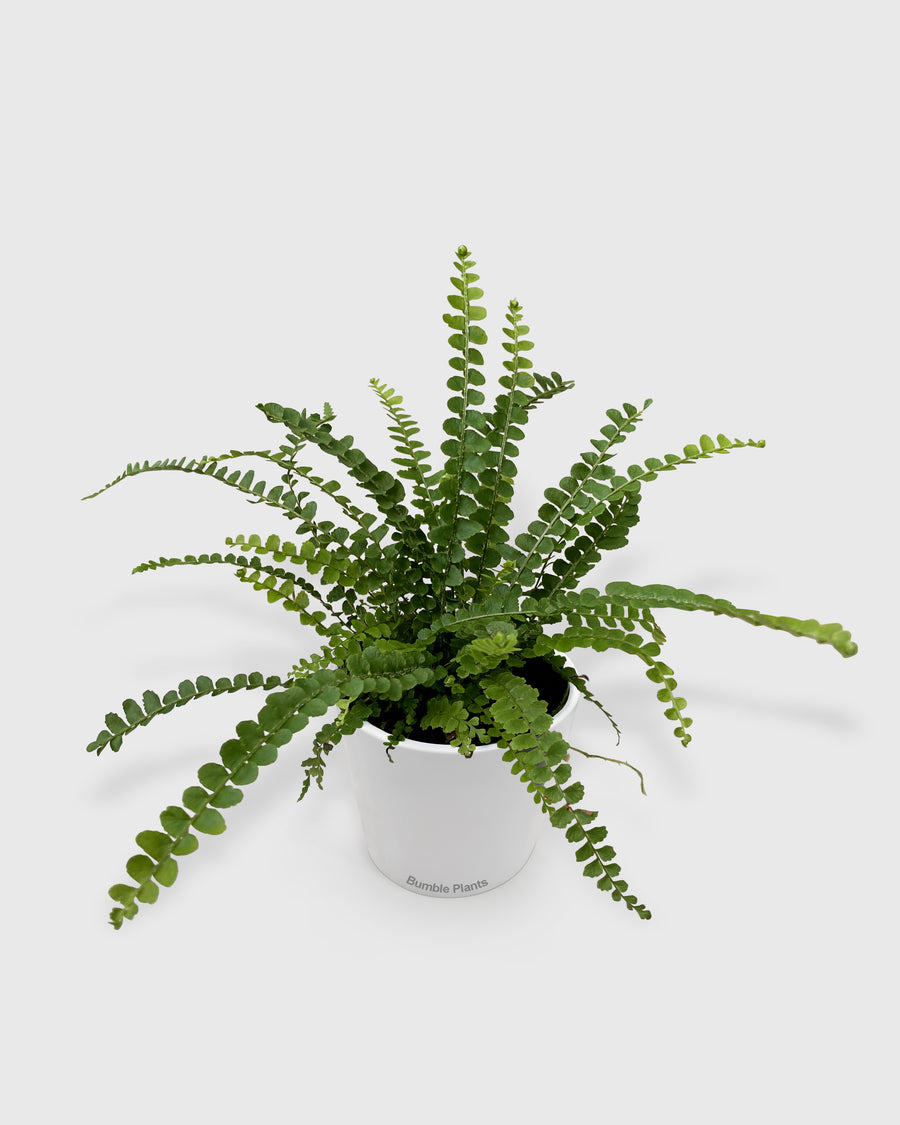How to Propagate Cactus Plants Successfully
Do you dream of a vibrant indoor jungle but need more time or expertise to keep exotic plants thriving? Look no further than the fascinating world of cacti! These cactus plants, with unique shapes, minimal needs, and surprising resilience, are the perfect gateway to the joys of plant parenthood. This comprehensive guide from bumble plants will empower you to propagate your favourite cactus plants, transforming a single specimen into a thriving collection. We'll delve into the simple yet effective methods of cactus propagation so you can cultivate a mini desert oasis right in your home. Along the way, we'll explore the surprising versatility of cacti (think night-blooming cereus and Christmas cactus!), dispel some common myths (like the haircare benefits!), and highlight the many reasons why these prickly wonders deserve a spot in your home. So, grab your gardening gloves (carefully!), and get ready to unleash your inner plant propagator!
Why Choose Cacti for Your Indoor Oasis?
Cacti may not be the cuddliest houseplants, but their unique charm and low-maintenance needs make them superstars of the indoor jungle. Here's why these prickly characters should be at the top of your plant wish list:
Beyond the Prickles: The Allure of Cacti
Forget about demanding watering schedules and temperamental lighting! Cacti, with their sculptural forms and surprising variety (think tall and slender cereus cacti or plump and colourful prickly pear cacti), bring a touch of the desert into your home. These low-fuss beauties thrive on neglect, making them perfect for busy plant parents or those new to houseplants.
The Power of Three: Benefits of Bringing Cacti Indoors
Cacti aren't just visually appealing; they're functional too! Here are just a few reasons to welcome these prickly friends into your home:
Low Maintenance Marvels: As desert dwellers, cacti are champions of self-sufficiency. They require minimal watering, making them ideal for forgetful plant owners or those with travel-heavy lifestyles.
Natural Air Purifiers: Cacti, like many other houseplants, act as tiny air filters, absorbing carbon dioxide and releasing oxygen, contributing to a cleaner and fresher indoor environment.
Positive Vibes Only: Some believe cacti radiate positive energy, promoting feelings of calm and focus. Whether that's true or not, their unique presence can undeniably add a touch of tranquility to your space.
Debunking Cactus Myths: Fact vs. Fiction
With their spiky exteriors and desert origins, the cacti have become entangled in a web of myths and misconceptions. Let's sort out fact from fiction to ensure your prickly pals thrive!
Lucky or Not? The Cactus Superstition
Cults around lucky plants come and go, and cacti aren't immune. While no scientific evidence supports a specific cactus bringing good luck, their resilience and ability to survive in harsh conditions can inspire a sense of perseverance and optimism. Ultimately, the luckiest Cactus Plants is the one that brings you joy!
Hair-Raising Help or Hoax? Can Cacti Enhance Your Haircare Routine?
This is a prickly tall tale! While some spiky plants might be making waves in the beauty industry, cacti aren't one of them. Their spiny exteriors and arid origins don't lend themselves to haircare applications. Stick to proven hair products and leave your cactus to focus on being a splendiferous houseplant.
Prickly But Edible? The Culinary Delights of Cacti
Contrary to popular belief, not all cacti are off-limits for adventurous eaters. For instance, the pads of prickly pear cacti (Opuntia) are a delicacy in some parts of the world, often consumed roasted, grilled, or even candied. So, while not all cacti are on the menu, some offer a surprising culinary adventure!
Beyond the Appeal: Fascinating Facts About Cacti
Cacti are more than just low-maintenance greenery; they're a living testament to adaptation and possess some truly surprising characteristics. Buckle up and get ready to discover the wonders of the cactus world!
Water Warriors: Cacti's Remarkable Adaptation to Aridity
Cacti are the ultimate water conservationists. Their thick, fleshy stems act as water reservoirs, allowing them to store precious moisture during infrequent rains. Additionally, their waxy coating helps minimize water loss through evaporation, making them perfectly suited for dry environments.
Night Blooming Beauties: The Enchantment of Night-Blooming Cereus
Not all cacti are sun worshippers! The night-blooming cereus, a type of columnar cactus, is famous for its magnificent, fragrant flowers that only open for a single night, typically under the cover of darkness. This fleeting spectacle makes it a truly unforgettable houseplant experience.
Festive Spines: Christmas Cactus and Easter Cactus - A Seasonal Treat
Who says cacti can't be festive? The Christmas and Easter cactus, with their vibrant blooms in shades of red, pink, and white, add a touch of seasonal cheer to your home during the winter holidays. These festive cacti come alive with their dazzling displays during their respective namesake seasons.
Cultivating Your Cactus Crew: A Guide to Propagation Methods
The beauty of cacti extends beyond their unique appearance and low-maintenance needs. The best part? You can multiply your favorites through propagation, creating a thriving collection from a single plant. Here, we'll explore various propagation methods to empower you to become a cactus-growing guru!
Prickly Potential: Choosing the Right Cactus for Propagation
Not all cacti are created equal when it comes to propagation. While most varieties respond well to some methods, some are easier to propagate than others. Generally, cacti with well-defined pads (like Opuntia) or pups (offsets that sprout from the base) are ideal for beginners. Cereus cacti, with their segmented stems, are also good candidates for propagation by cuttings. Do some research on your specific cactus species to ensure you choose the most suitable propagation method.
We'll delve deeper into specific techniques in the following sections, but a good rule of thumb is to choose a healthy, mature cactus that's actively growing.
The Power of Pads: Propagating from Pads (Opuntia)
The most popular propagation method for cacti with flat pads, like the prickly pear cactus (Opuntia), is utilizing the pads themselves. Here's how to turn a single pad into a spiny new friend:
Make a Clean Cut: Carefully remove a healthy pad at the base where it connects to the main stem using sharp, sterilized scissors or pruners. Aim for a clean cut to minimize potential damage.
Callus Time: Allow the cut end of the pad to be callous over for several days in a cool, dry location out of direct sunlight. This drying period helps prevent rot.
Planting the Pad: Once calloused, place the pad flat on top of a well-draining cactus potting mix. You don't necessarily need to bury it – roots will often form from the calloused end where it touches the soil.
Moisture Matters: Resist the urge to water heavily! Provide light misting only when the soil feels completely dry to the touch.
Patience is a Virtue: Rooting can take several weeks, so be patient and avoid overwatering. New growth will appear from the pad's base once roots are established.
Offshoots to Offspring: Propagating from Pups (Many Cacti)
Many cactus varieties produce pups, or smaller versions of the main plant, that sprout from the base. Here's how to turn these mini-me's into independent cacti:
Gently Does It: Carefully remove the pup from the mother plant using clean hands or sterilized tools. Twist or wiggle it gently to encourage separation without damaging the pup or the main plant.
Callous and Carry On: Just like with pad propagation, allow the pup's base to callous over for a few days in a cool, dry spot with indirect light.
Potting Up: Plant the pup in a pot filled with well-draining Cactus Plants, ensuring the base is slightly buried, but the growing tip remains above the soil.
Watering Wisely: Water sparingly, waiting until the soil dries completely before providing additional moisture.
Thriving Together: With proper care, your pup should establish roots and begin growing independently within a few weeks.
Stem Cell Success: Propagating from Cuttings
Like many cereus cacti, stem cuttings offer another exciting propagation method with segmented stems. Here's how to transform a stem segment into a new cactus:
Strategic Snip: Using sterilized pruners or scissors, cut a healthy stem section at least a few inches long. Choose a segment that's not too old or woody, ideally with a visible node (a slight bump where new growth might emerge).
Callous Corner: As with other propagation methods, allow the cut end of the stem to callous over for several days in a cool, dry location with indirect light.
Planting Prep: Prepare a pot with well-draining cactus Plants and make a shallow depression in the centre, slightly deeper than the cut end of your stem section.
Standing Tall: Carefully insert the calloused end of the stem, cutting into the prepared depression in the soil. Gently firm the soil around the base of the cutting for support.
Moisture Management: Water sparingly, only when the soil feels completely dry. Overwatering can cause the cutting to rot before it establishes roots.
Signs of Success: Once roots develop, new growth should appear from the top of the cutting. Patience is key, as this process can take several weeks or months.
Seed Surprise: Propagating from Seeds
While a bit more time-consuming, propagating cacti from seeds allows you to cultivate entirely new varieties from scratch, here's a basic overview:
Seed Selection: Purchase fresh cactus seeds from a reputable vendor. Older seeds may have lower germination rates.
Seeding Mix Matters: Prepare a shallow tray filled with a sterile cactus seed starting mix. Moisten the mix lightly, but avoid soaking it.
Sowing Success: Scatter the seeds evenly on the surface of the mix and gently press them down slightly. Don't bury them deeply, as they need light to germinate.
Warm Welcome: Use a heat mat to heat the tray on the bottom (around 70-75°F) and cover it with clear plastic wrap to maintain humidity.
Light and Patience: Place the tray in a brightly lit location, but avoid direct sunlight. Germination can take weeks or even months, so be patient!
Seedling Care: Once seedlings emerge, gradually introduce ventilation by opening the plastic wrap slightly. Maintain consistent moisture and provide adequate light as the seedlings grow.
Potting Up Party: Once your seedlings reach a manageable size, transplant them into individual pots filled with well-draining cactus planets. Remember, it can take several years for cacti grown from seeds to reach mature size.
Nurturing Your New Arrivals: Post-Propagation Care Tips
The magic doesn't stop after successful propagation! Here are some essential tips to ensure your newly propagated cacti thrive in their new pots:
Prickly Pampering: Creating the Perfect Environment for Growth
Light: Cacti crave bright, indirect sunlight. Avoid the harsh midday sun, which can scorch your new plants. An east-facing window is often an ideal location.
Watering: Resist the urge to overwater! Remember, cacti are desert dwellers and prefer dry conditions. Allow the soil to dry out completely between waterings. During winter dormancy, water is even less frequent.
Soil: Proper drainage is key! Use a well-draining cactus mix specifically formulated for these plants. You can also create your own mix by combining potting soil with perlite or sand for extra drainage.
Temperature: Cacti generally prefer warm temperatures between 65-85°F (18 and 29°C). Avoid placing them near cold drafts or heat vents.
Let the Sunshine In Light Requirements for Young Cacti
While young cacti may be slightly more sensitive than their mature counterparts, they still crave bright, indirect sunlight. Avoid placing them in harsh, direct sunlight, especially during the hottest day. An east-facing window that receives gentle morning sun is often a perfect spot. South-facing windows can work, too, but keep an eye on your cacti and adjust their position if they seem scorching. If natural light is limited, consider supplementing with grow lights to ensure your new cacti receive enough light for healthy growth.
Hydration Heroes: Watering Tips for Propagated Cacti
One of the most common mistakes new cactus owners make is overwatering. Remember, these desert dwellers thrive on neglect when it comes to moisture. Allow the soil to dry out completely between waterings. A good rule of thumb is to stick your finger into the soil – if the top inch feels dry to the touch, it's time to water. During the winter months, when most cacti experience dormancy, water even less frequently. When you do water, soak the soil thoroughly until excess water drains out the bottom of the pot. This ensures the roots receive a good drink but avoids leaving them sitting in soggy soil, which can lead to rot.
Rooted for Success: Choosing the Right Pot and Soil
Proper drainage is essential for happy cacti! Select a pot with drainage holes – this allows excess water to escape and prevents the roots from sitting in moisture. Terracotta pots are a popular choice for cacti as they allow for better air circulation and evaporation. As for the soil, avoid using regular potting mix, which can retain too much moisture. Instead, opt for a well-draining cactus mix specifically formulated for these plants. These mixes often contain perlite or sand to promote drainage and prevent root rot. You can also create your own cactus Plants by combining regular potting soil with perlite or sand in a roughly equal ratio.
Conclusion
The world of cactus propagation is an exciting adventure, empowering you to transform a single specimen into a thriving collection. With their minimal needs, unique charm, and surprising resilience, cactus plants make fantastic companions for busy plant parents or those new to the hobby. So, grab your gardening gloves (carefully!), follow our propagation tips, and embark on a journey of cultivating your very own mini desert oasis. The rewards of witnessing your cacti flourish and the satisfaction of propagating your spiny friends are truly special.


